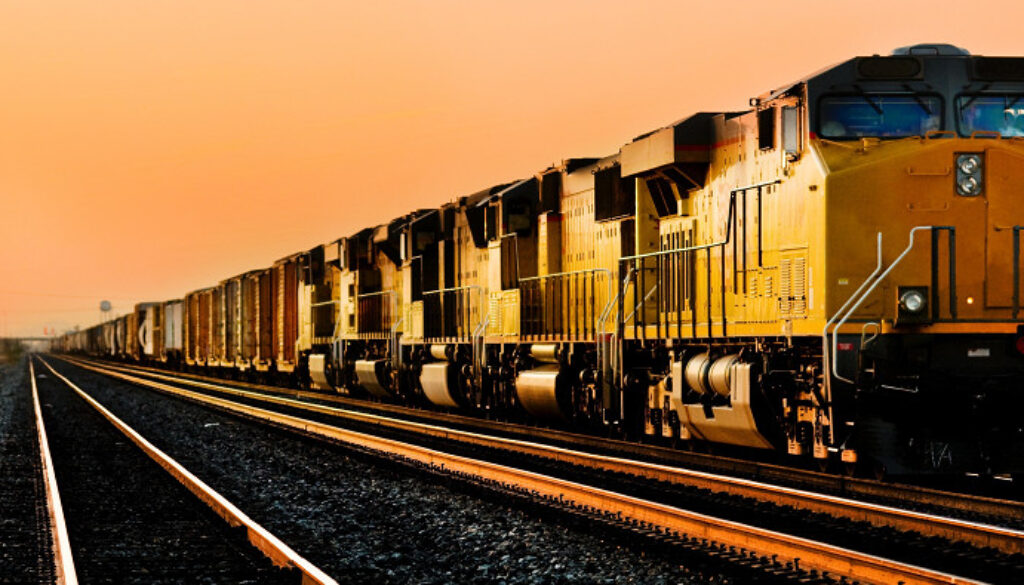US Infrastructure Earns D+ Grade
US Infrastructure Earns D+ Grade. If it’s one thing President Donald Trump and congressional Democrats agree on, is the need for investment in US infrastructure.
Yesterday’s quadrennial report from the American Society of Civil Engineers (ASCE), giving United States infrastructure an overall grade of D+, provided fresh proof, if any was needed, of the urgency of a federal infrastructure program.
ASCE’s 2017 Report Card found the national grade for infrastructure remained the same the country received in 2013, suggesting only incremental progress was made over the last four years toward restoring America’s infrastructure.
ASCE evaluated 16 categories of infrastructure in the 2017 Report Card, with grades ranging from a B for Rail to a D- for Transit. While the overall grade did not improve, seven categories did see progress. “These improvements can be attributed to strong leadership, thoughtful policymaking, and investments that garnered measurable results,” according to the report.
“While our nation’s infrastructure problems are significant, they are solvable,” said ASCE President Norma Jean Mattei. “We need our elected leaders–those who pledged to rebuild our infrastructure while on the campaign trail–to follow through on those promises with investment and innovative solutions that will ensure our infrastructure is built for the future.”
The problem with that proposition is that Republican and Democratic infrastructure plans–although they agree on a number, $1 trillion–diverge wildly on how to pay for the program. Republicans want to finance it through the private sector with tax credits while Democrats believe that federal spending is in order.
US port received a grade of C+ in the ASCE report, up from a C four years ago. “As ships get bigger, congestion at landside connections to other components of the freight network increasingly hinders ports’ productivity,” the report noted. “Similarly, on the water side, larger ships require deeper navigation channels, which only a few US ports currently have.”
[WooZoneProducts asin=”B01N31SJLI”][/WooZoneProducts]
Kurt Nagle, president and CEO of the American Association of Port Authorities (AAPA), claimed that the improved grade “shows that progress has been made” but also that “there’s a lot left to do.”
Nagle characterized the current federal TIGER grant and FAST Act grant programs as “a trickle of federal money” and gave more credit for he improved grade to local port authority and private-sector investments into port-related infrastructure, such as rails, roads, docks, cranes and other equipment.”
“The C+ grade ASCE gave port-related infrastructure reinforces our view that the federal government is still underinvesting in the landside and waterside connections to ports,” Nagle concluded.
Rail was the star of the report, earning a grade of B, up from C+ four years ago. “The private freight rail industry owns the vast majority of the nation’s rail infrastructure,” the report noted, “and continues to make significant capital investment–$27.1 billion in 2015–to ensure the network’s good condition.”
Among other infrastructure sectors ASCE evaluated, aviation received a D (unchanged from 2013; bridges received a C+ (unchanged); energy received a D+ (unchanged); inland waterways, a D (up from D-); and roads, D (unchanged).
ASCE recommended increasing investments in infrastructure from all levels of government and the private sector from 2.5 percent to 3.5 percent of US GDP by 2025. It also called fro preparing for the needs of the future, “to ensure infrastructure is more resilient and sustainable, with clear economic, social, and environmental benefits.”
It remains to be seen whether the Trump administration and congressional Republicans and Democrats can come together to pass the ten-year, $1 trillion infrastructure package all of them say they want. But even if they do, that program will fall woefully short of the spending level ASCE says is required to upgrade US infrastructure. The organization estimates that by 2025 a total investment of no less than $4.59 trillion will required to improve the nation’s infrastructure.
Need a Logistics Provider?
Compare over 100 Instantly
[ad_2]
